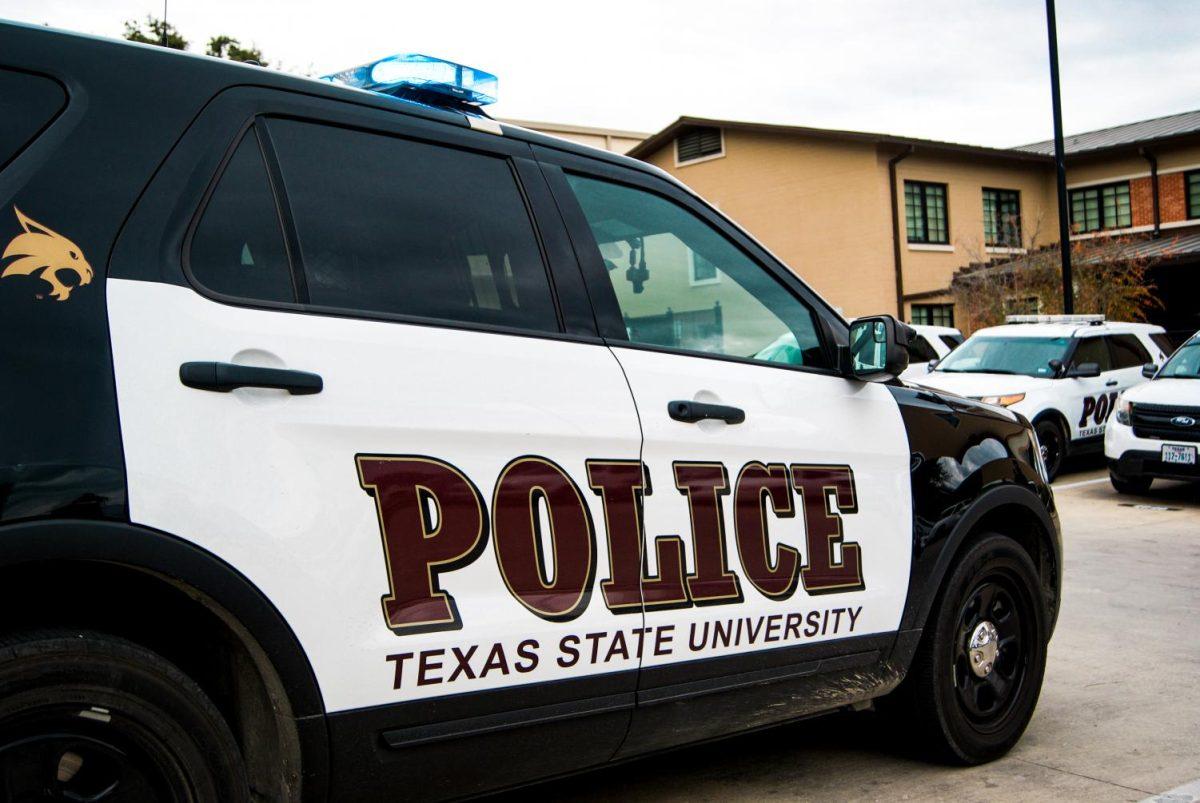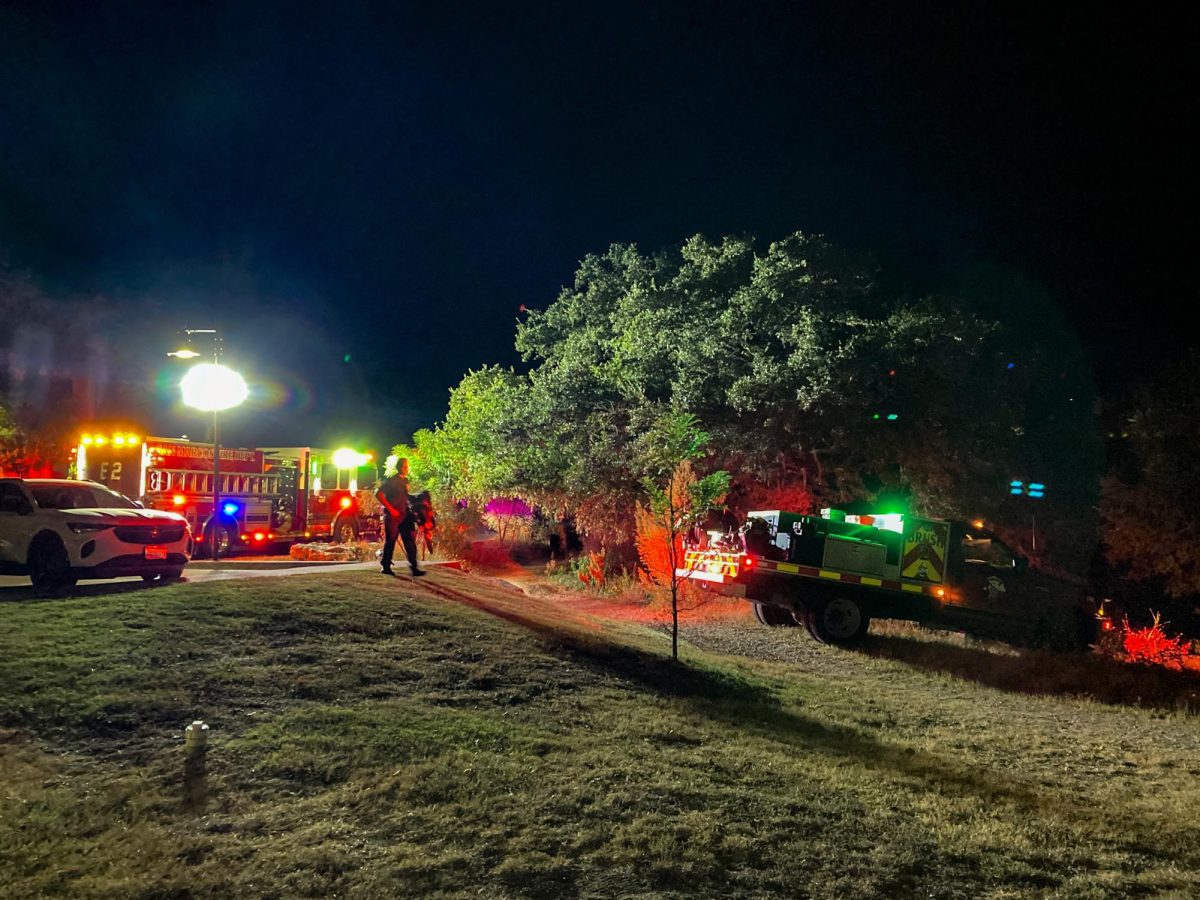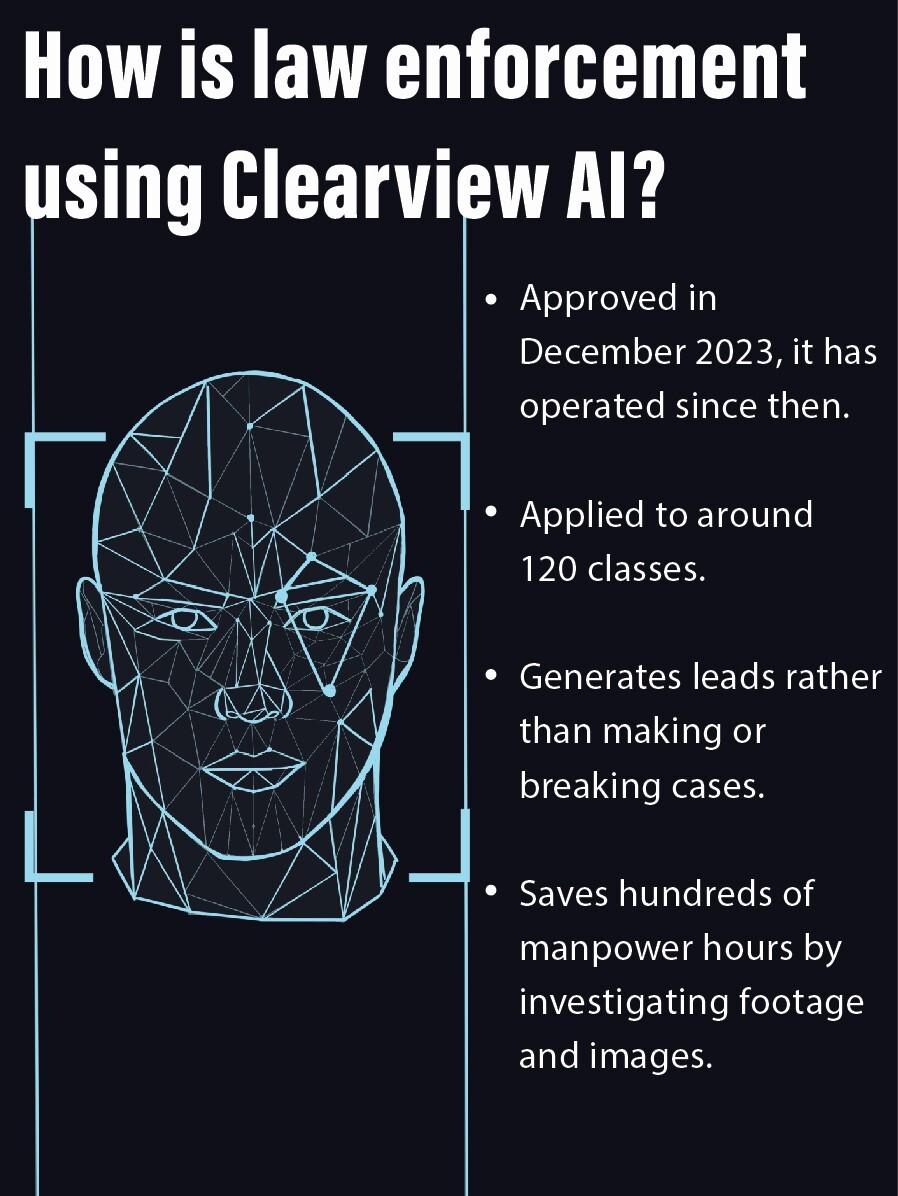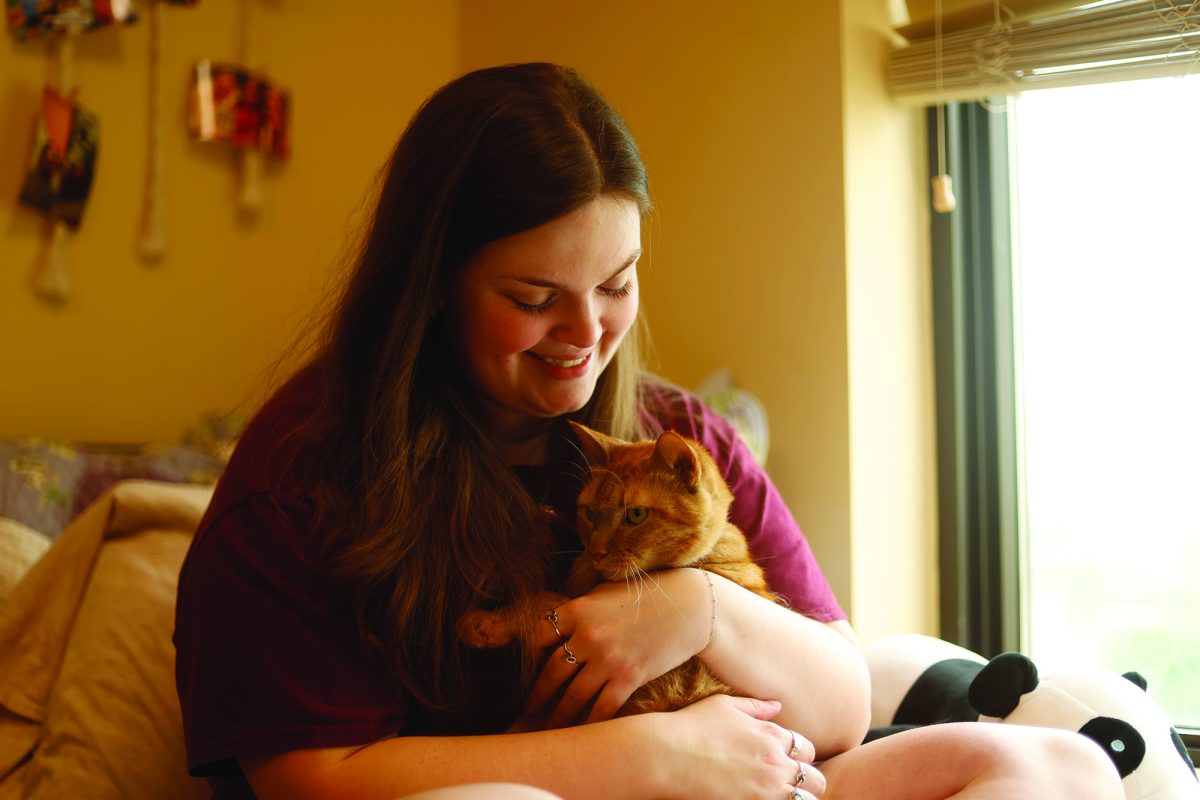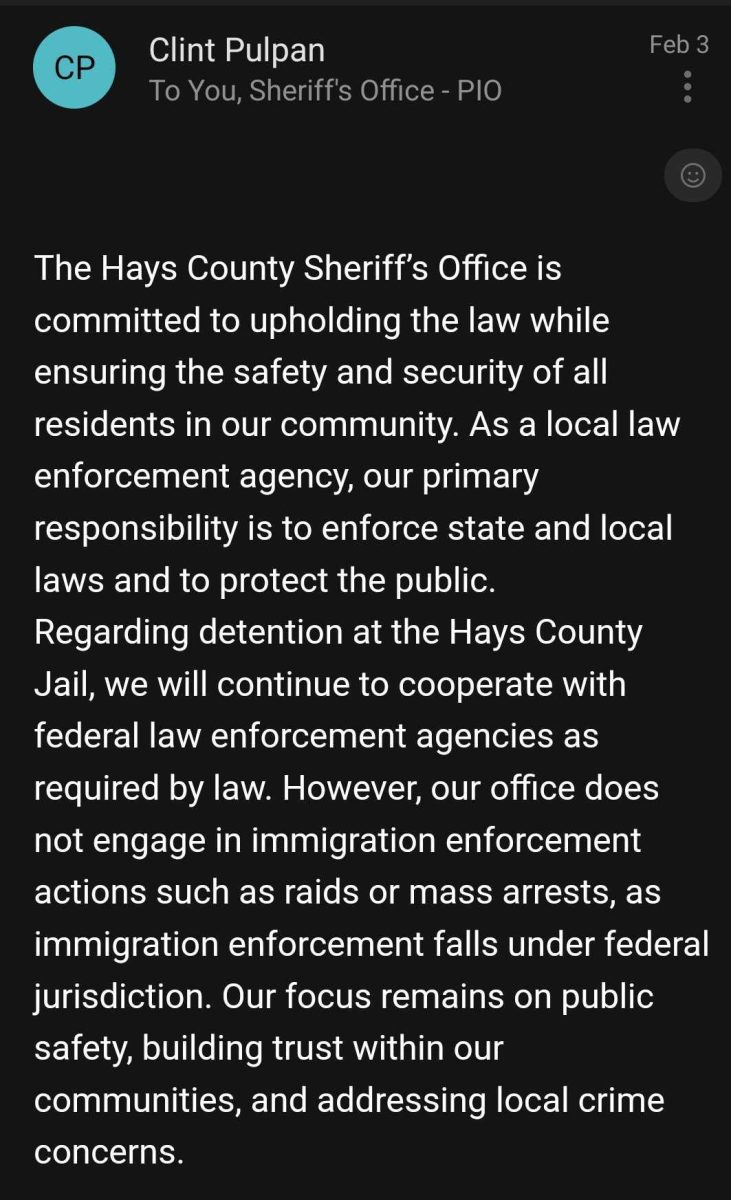The University Police Department’s new safety initiatives published December 2019 as the department’s Five-Year Strategic Plan, which includes new crime initiatives and an accreditation program.
Highlighted in the plan are the department’s goals and initiatives into 2023. Main focuses of the strategic plan include increasing community engagement and improving crime analysis.
University President Denise Trauth sent an email to the student body Jan. 21, outlining safety initiatives for the spring 2020 semester and asserting that student safety is her top priority.
Included in the email was UPD’s progress with increasing staff, assessing the video surveillance system around residence halls and improving fire and smoke detectors on-campus buildings.
Through changes initiated following nighttime campus safety walks executed each semester, the university continues to add lighting across campus and has completed the $1.6 million lighting upgrade around the university which began April 2017.
According to Trauth’s email, the university is hiring a communications specialist to provide consistent emergency notifications to students. Trauth’s email also announced a new headquarters for UPD on the San Marcos campus is currently in the design stage and there are plans to relocate UPD at the Round Rock campus to provide more visibility for community policing.
Additionally, the safety and security task force initiated last semester will become a permanent standing committee in order to continue evaluating and improving safety on campus.
UPD Chief Laurie Espinoza Clouse said the department started a three-to-five-year accreditation program from the Commission on Accreditation for Law Enforcement Agencies to help the department following issues with misreporting crime statistics in accordance with the Clery Act.
Clouse led the accreditation process as police chief at the University of North Texas Health Science Center and said accreditation allows the department to be consistent in policing.
“(The accreditation process) really does require a mindset shift for the whole agency,” Clouse said. “These general orders bring everyone on the same page, it shouldn’t vary from shift to shift… what that does is lift the level of professionalism because everyone is adhering to these best practices.”
The results of the International Association of Campus Law Enforcement Administrator’s peer review were published Dec. 7, 2018. The review contains UPD’s concerns of the department’s lack of community engagement, Clery Act compliance, deficiency in staff and inadequacy with strategic and operational guidance.
Clouse said UPD has accomplished many of the recommended criteria in order to produce optimal policing.
“As we approach the end of my first year, I am impressed at the resiliency and dedication of our UPD team,” Clouse said. “They are dedicated to providing exceptional service to our Bobcat community. We are moving intentionality through the recommendations identified in the IACLEA peer review. We have completed a substantial number of these items in our first 12 months.”
Also on the report were staffing requirements of UPD. The staffing requirements determined by UPD are decided by comparison to peer institutions as well as the recommendations outlined in the Community Oriented Policing Services document.
UPD currently consists of 63 full-time employees, including dispatchers, administrative personnel and 39 sworn police officers. According to Clouse, the department is still understaffed by three officers and are looking to hire a second records employee and improve their crime analysis system.
More information on UPD and its services can be found on the UPD website.
Categories:
New campus safety initiatives added to five-year strategic plan
February 18, 2020
0
Donate to The University Star
Your donation will support the student journalists of Texas State University. Your contribution will allow us to purchase equipment and cover our annual website hosting costs.
More to Discover



